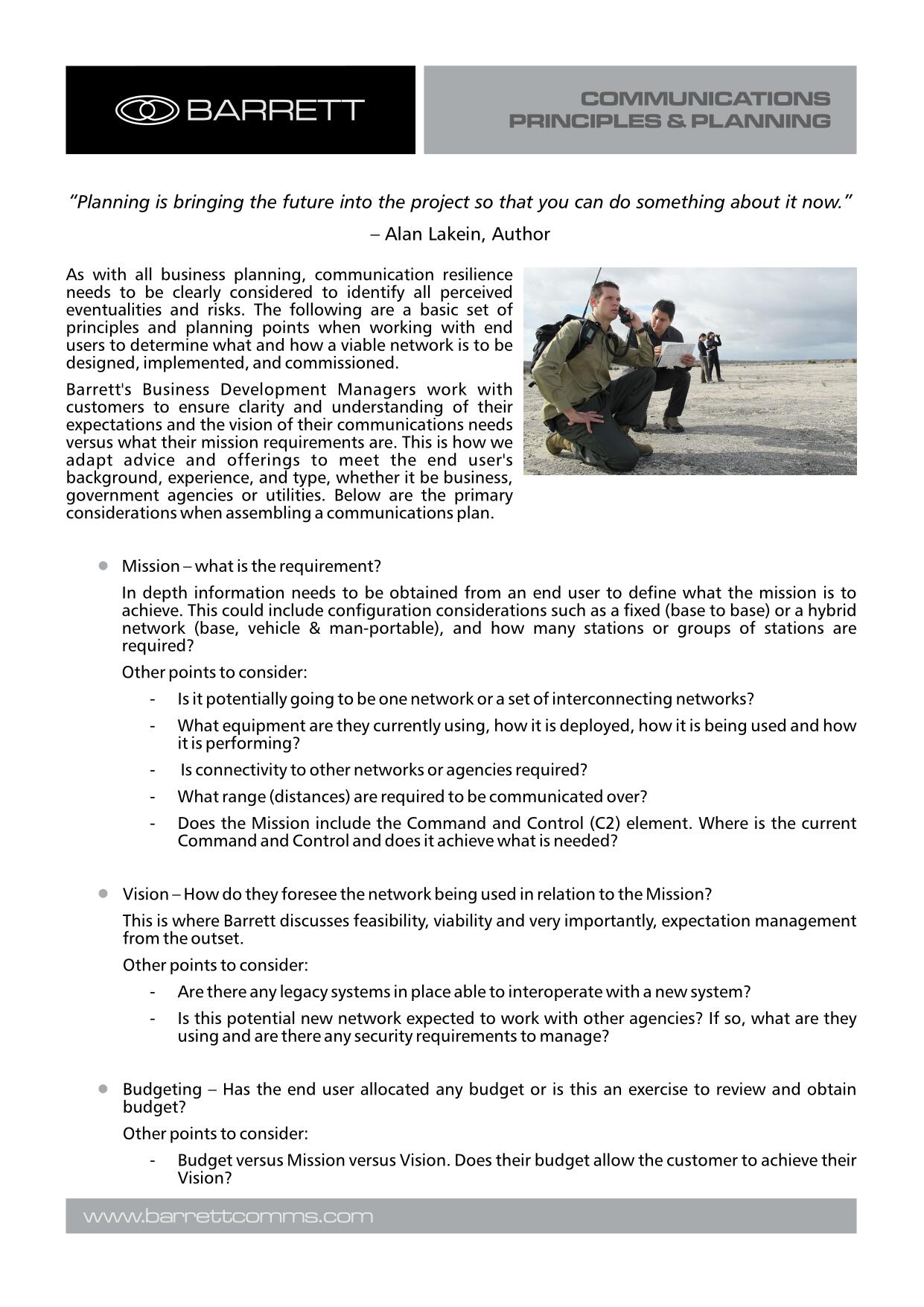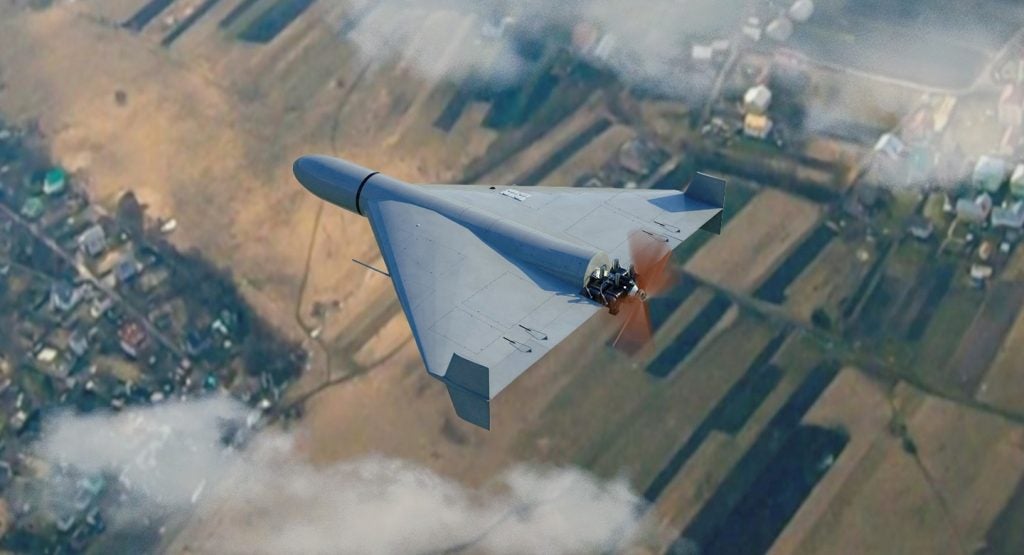The demand for electronic warfare (EW) products will be driven by its universal application. There will be a significant spending push in EW technologies, heavily driven by Russian capabilities and increased Chinese aggression.
Listed below are the technology trends impacting the electronic warfare theme, as identified by GlobalData.
Active protection system proliferation
The means of active protection of platforms is being proliferated more widely, because of the increased threat of guided and fire-and-forget munitions in the peer-to-peer context.
Artificial intelligence (AI)
The US Army is trying to integrate AI tools into its electronic warfare capabilities so that EW systems can operate in the dense radio frequency environment of the battlefield. In March 2019, the country signed an agreement worth $982m with Northrop Grumman to acquire state of art Cyber Electromagnetic Activities (CEMA) capabilities for the US Army. The contract will support research and development for cyber and electronic warfare, integration, testing, performance verification, technical support, cybersecurity, and laboratory demonstrations.
Directed energy weapons
Directed energy weapons are reaching maturity, and have been fielded in areas such as Libya, for example. As yet, primary use has been in the counter-unmanned aerial systems (C-UAS) role. Israel has experimented with directed energy weapons (DEWs) on airborne platforms, a reflection of how far miniaturisation has become. The two primary directions of these programmes have been miniaturisation and power output and mobility, such as Russia’s Peresvet system with a focus on a larger mobile system for use at the operational level.
Multi-mode seekers
Increased EW competition means multi-mode seekers are necessary, increasing the possibility of striking the enemy with the finite magazine depth available. Increased means of countermeasures means multi-mode seekers are more viable than increasing the number of single mode missiles with different seekers, despite the latter offering cost advantages in the costing of missiles alone.
Loitering munitions
Loitering munitions have come of age and are a significant factor in EW and Command and Control now. The ability to deploy localised precision munitions, particularly in the absence of valuable and vulnerable platforms in range, is changing the battlefield dynamic in much the same way as unmanned aerial vehicle (UAV) proliferation or anti-tank guided missile (ATGM) proliferation. An interesting development is the apparent loitering Surface to Air Missile, known as the 358 missile, Iran has created.
Unmanned platform developments
Specifically, in the case of UAVs, which have high endurance levels and are capable of carrying more weight during take-off, payload developers have a significant amount of freedom while designing payloads, which is driving technology advancement and innovation.
The US and its allies, such as Australia, are focusing on anti-access/area denial (A2AD) and air-sea battles and are investing substantially in airborne jamming technologies such as the F-18G Growler attack aircraft, Next Generation Jammer (NGJ), and NERO. Such investments by the US in EW systems are also a result of the Russia-Ukraine confrontation scenario which was an overwhelming display of Russian EW capabilities.
Russia is reported to have achieved unparalleled technological advancements in electronic warfare, especially the electronic attack segment. Other major regions projected to make extensive investments in EW technologies include the Asia-Pacific and the Middle East.
Signature management
The need to integrate stealth technology and electronic warfare systems into military equipment is anticipated to act as a major demand driver for EW systems, as stealth technology on its own will not be sufficient to combat A2/AD threats in the future. For example, an aircraft is required to be able to detect radio frequency electromagnetic emissions of enemy aircraft while simultaneously leveraging its own stealth capabilities.
If a low observable aircraft operates in a single frequency band, it would be easily detected by adversary aircraft which is why stealth aircraft must be supported by EW capabilities so that they can operate over the extensive range of the electronic spectrum and possess jamming capabilities to take care of air strikes.
Communications
Communications are under significant attack across two primary areas: electronic warfare and cyberwarfare. The former deals with disruption or interception through emissions, whereas the latter deals with lines of code. In the instance of EW, communications hardening and increased jamming and intercept capabilities are currently in an ongoing development and fielding race, with techniques also undergoing rapid evolution. The sudden move to a non-permissive environment has increased barriers to intercepting enemy communications and other electronics intelligence (ELINT) efforts, at the same time as imposing new and high demands for communications security.
Advanced electronic protection
Faced with the increasing threat of improvised explosive devices (IEDs), militaries across the globe are armed with dismounted and portable jammers. The increasing focus on portable EW systems will facilitate the development of smaller lightweight personal protection devices to improve war fighting capabilities.
Moreover, R&D trends are increasingly directed towards the development of jammers that will have selective and reactive jamming capabilities, rather than current generation jammers that simply barrage the environment with signals, but also block friendly communications. With an anticipated rise in sea-based operations over the forecast period, the focus on jamming and/or identifying radar and other electronic signals are expected to increase.
The airborne electronic attack payload of the US Department of Defence (DoD) includes the Next Generation Jammer, the AN/ALQ-99 tactical jamming system used by EA6B Prowler aircraft, and the Miniature Air Launched Decoy-Jammer. The US Surface Electronic Warfare Improvement Program (SEWIP) is designed to upgrade the AN/SLQ-32 EW system for EW defence against cruise missiles and other radar threats.
Cooling technology
Gallium nitride (GaN), is a compound known for its incredibly high heat capacity and conductivity, making it an ideal material for semiconductors. Newer Gallium nitride semiconductors convert 99% of the energy they receive and bleed much less energy so separate coolant tanks are no longer necessary for these parts of a phased radar. The amplifiers based on GaN technology are widely used in various applications such as radars, electronic warfare, and communication links.
The second generation of active electronically scanned array (AESA) radars features GaN-based Transmitter-Receivers Modules (TRM) which not only improves scanning performance but also outperforms travelling wave tube amplifier-based phased array radars in terms of range and peak output power.
Miniaturisation
Due to the transition to phased-array antennas and cognitive EW capability the complexity and volume of electronic components is increasing. Modem AESA manufacturers are working on utilising GaN solid-state power amplifiers as space, cooling, and power are restrictive in newer technologies.
The newer GaN technology meets stringent high-performance, high-power, and long lifecycle demands of phased array systems. GaN technology also has greater power density and bandwidth capacity that is many times greater than gallium-arsenide (GaA) devices. Through the use of these multiple, compact GaN amplifiers the AESA achieves a much higher level of flexibility. It also helps in reducing the size of the radar system.
Electromagnetic hardening
Peer conflict means there will now be an increased need to harden against electromagnetic interference, and electromagnetic pulse (EMP) munitions. This threat type was not present through operations in low intensity conflict (LIC), but the peer environment means this is a very significant threat.
This is an edited extract from the Electronic Warfare Market – Thematic Research report produced by GlobalData Thematic Research.











Related Company Profiles
Northrop Grumman Corp